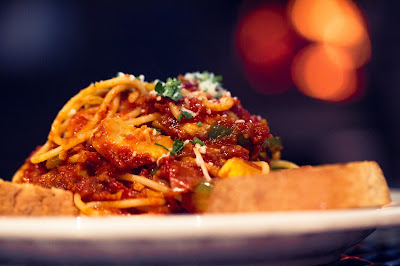RAW vs JPEG
What
are three advantages of a RAW file:
· When you shoot in RAW you record all
of the data from the sensor.
· With RAW you have additional
information in the file, so it’s much easier to correct the image without a
drastic reduction in quality.
· Because of the finer gradation of
tones and colours you’ll get better prints from RAW files.
What
is one disadvantage of a RAW file:
· Raw files are significantly bigger
than jpegs — sometimes 2 to 3 times bigger.
What
are three advantages of a JPEG file:
JPEG images are fully processed in
camera and all settings such as White Balance, Color Saturation, Tone Curve,
Sharpening and Color Space are already applied to the image.
· Most modern devices and software
packages support JPEG images, making the format extremely compatible.
· Smaller size also means faster and
more efficient backups.
What
is one disadvantage of a JPEG file:
· JPEG images also contain less
dynamic range than RAW images, which means that recovering
overexposed/underexposed images and shadow areas will be extremely difficult
and sometimes impossible.
Under
the first heading "Capturing the Images," how much of the data does a
RAW file retain after it is captured by the camera?
All
the data
Under
the second heading "Processing the Files," what are some of the
things that a RAW file enables a photographer to edit after the image is taken?
You
will have have control over things like white balance, contrast, highlights,
shadows, colours and saturation.
Under
the third heading "Practicalities," what are some of the factors that
photographers must consider when deciding to shoot in RAW?
· Not every digital camera has the
option to shoot in RAW format
· RAW files are significantly larger
than JPEG files, so the space on your memory card won’t have the capacity for
as many shots.
· You can convert RAW images to JPEG,
but you can’t convert the other way.
Under
the fourth heading "Which one is for you?" why would an aspiring
professional photographer need to know how to work with RAW files?
Because
shooting with RAW allows you to get the best quality end result from your
photo, and brings your game up that extra level.
1. Which
file formats discussed have you used in the past?
I have
used JPEG/TIFF/GIF/PNG/BMP.
2. What
is the difference between a Raster and a Vector file?
The difference between vector
and raster graphics is that raster graphics are composed of pixels, while
vector graphics are composed of paths.
JPEG
1. Is
this format lossy or lossless?
lossy
2. What
are common uses for each? By this I mean where would I publish each of them for
the highest quality.
· Send as email attachments
· Place on a Web page
· Insert into a MS Word document
3. Can you
create this type of file in your camera?
Yes
TIFF
1. Is
this format lossy or lossless?
Lossless
2. What are
common uses for each? By this I mean where would I publish each of them for the
highest quality.
Image-manipulation applications
3. Can
you create this type of file in your camera?
No
PSD
1. Is
this format lossy or lossless?
Lossy
2. What
are common uses for each? By this I mean where would I publish each of them for
the highest quality.
When
moving between adobe applications.
3. Can you
create this type of file in your camera?
No


Comments
Post a Comment